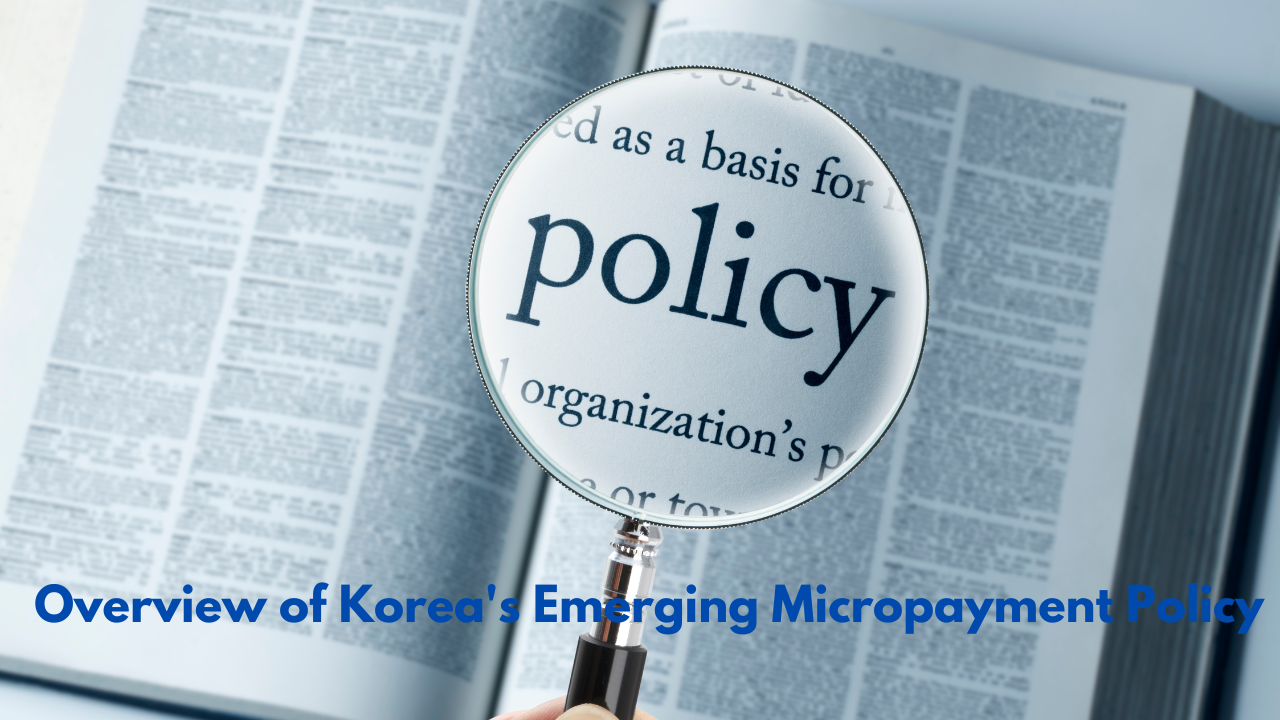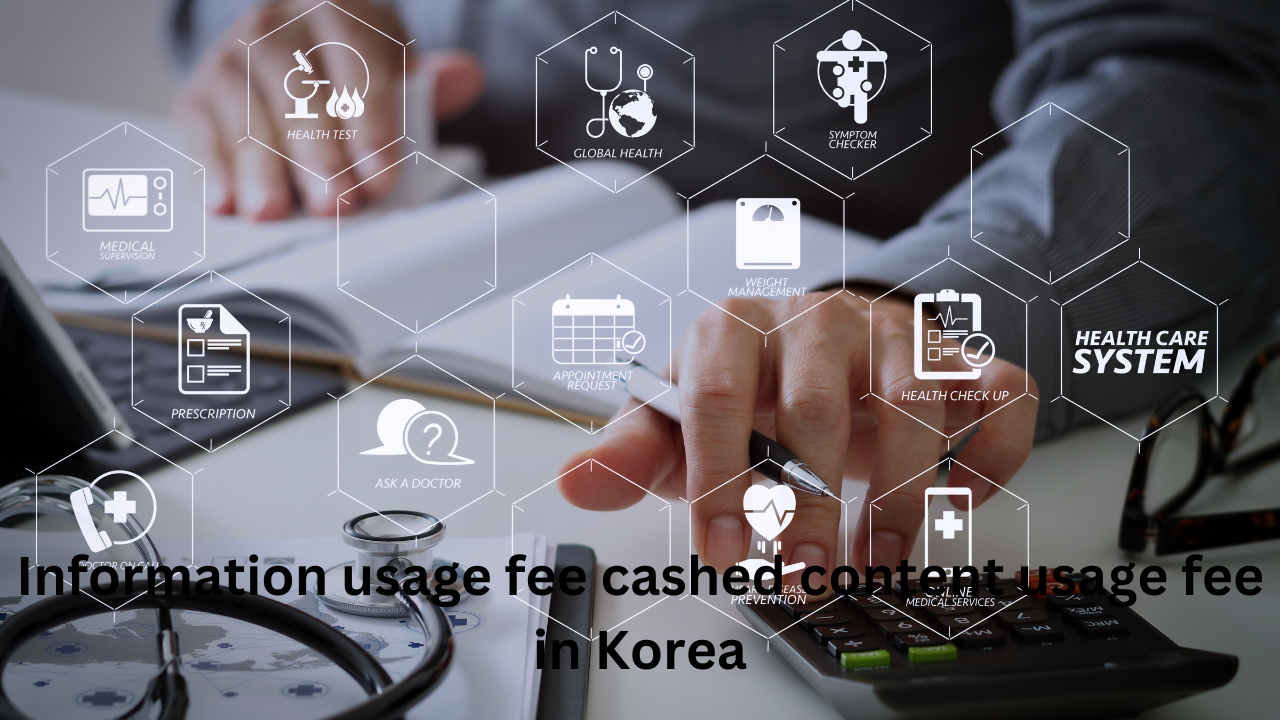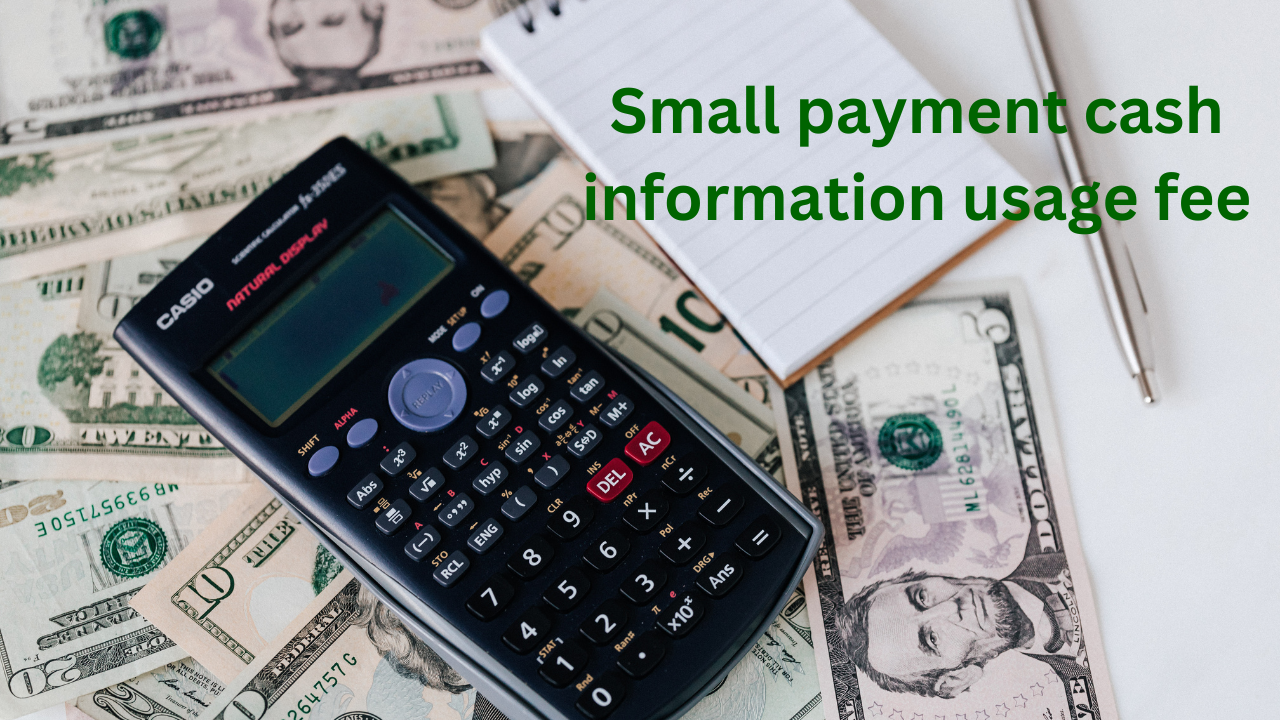Key Takeaways:
- Understanding the science behind hurricane categories can greatly enhance preparedness efforts.
- The Saffir-Simpson Scale is used to classify hurricanes based on wind speed, pressure, and potential damage.
- Preparation strategies vary depending on the hurricane category; knowing what to expect can save lives and property.
- External resources provide additional insights into effective hurricane preparedness and response.
How Are Hurricanes Categorized?
Hurricanes are intensely powerful natural phenomena that can cause extensive damage to communities and environments. These tropical cyclones are categorized using a scale that measures the sustained wind speeds and potential damage levels. This classification system ranges from Category 1, the least severe, to a Category 5 hurricane, the most catastrophic. Each category provides a quick reference for the expected impact and aids emergency services and the public in understanding the severity of an impending storm.
Category 1 hurricanes have winds between 74 and 95 mph and can cause minimal damage, such as fallen branches and minor flooding. By contrast, Category 5 hurricanes reach wind speeds over 157 mph, causing total roof failure, building collapses, and widespread power outages. This scale is essential for preparedness and response, giving authorities and residents the critical information to take appropriate action.
The Impact of Different Hurricane Categories
Understanding the potential impact of each hurricane category is crucial for effective preparedness. Category 1 storms, while causing minimal damage, still pose risks requiring precautions. These can be underestimated due to their lower classification but can lead to significant disruptions if not taken seriously. As the category number increases, the potential for destruction escalates significantly. For instance, Category 3 hurricanes, with winds between 111 and 129 mph, can lead to devastating damage. Homes can lose roofs, and trees might be uprooted, leading to blocked roads and disrupted services.
Category 5 hurricanes, defined by winds exceeding 157 mph, represent the pinnacle of destructive potential. These storms can cause catastrophic damage, extensive structural failures, and rendering areas uninhabitable for weeks or even months. Online sources provide detailed insights into what to expect from each category and how individuals and communities can prepare for these threats.
Preparation Tips for Each Category
Effective hurricane preparedness varies depending on the category of the approaching storm. For Category 1 and 2 hurricanes, securing outdoor objects, stocking up on essentials like water, food, and medications, and closely following local advisories is essential. Basic preparation steps include trimming trees to prevent branches from breaking and causing damage and ensuring that all windows and doors are securely fastened.
When facing a Category 3 hurricane, more robust measures are required. Reinforcing windows and doors with shutters or plywood is critical to prevent glass breakage and minimize damage. Creating an emergency kit with supplies for at least 72 hours is also vital. Evacuation plans should be discussed and prepared, especially for those in coastal areas or flood zones. Authorities often issue evacuation orders, and it’s crucial to heed these warnings promptly.
For Category 4 and 5 hurricanes, executing a complete evacuation plan becomes a necessity rather than an option. Informing neighbours and establishing a communication strategy to stay in touch with loved ones can make a significant difference. Securing property as best possible, such as reinforcing structures and moving valuable items to upper floors, can help minimize losses. Personal safety is paramount, and evacuation should never be delayed once ordered.
The Role of Meteorological Data in Hurricane Forecasting
Advancements in meteorology and satellite technology have revolutionized hurricane forecasting. Modern techniques allow meteorologists to gather real-time data, crucial for predicting hurricanes’ trajectory, intensity, and potential impact. For instance, satellite imagery provides detailed pictures of cloud formations, allowing experts to accurately track storm development and movement. Additionally, sophisticated computer models can simulate various scenarios, helping predict a hurricane’s path and potential impact areas.
This information is invaluable for emergency services and the public as it aids in timely warnings and effective evacuation plans. Over recent years, improvements in predictive modelling have profoundly affected the minimization of loss of life and property. For example, enhanced accuracy in forecasting allowed for better preparation and response, significantly reducing potential casualties and damage.
The Importance of Community and Individual Preparedness
Community engagement and individual preparedness are critical components in mitigating the adverse effects of hurricanes. Local governments often conduct drills and provide resources to ensure residents know how to respond when a hurricane is imminent. These drills simulate hurricane conditions, helping officials and residents test and refine their emergency plans.
Families should establish plans, including evacuation routes, communication strategies, and preparedness kits. A designated meeting place and a way to communicate if separated can make a significant difference during a crisis. Moreover, staying informed through reliable sources and following official advisories are crucial actions that can save lives.
Building Resilience for Future Hurricanes
As climate change continues to impact weather patterns, the frequency and intensity of hurricanes are expected to increase. This underscores the importance of community resilience and adaptive strategies. Investing in resilient infrastructure, such as more robust building codes, flood defences, and sustainable urban planning, can mitigate the effects of more powerful hurricanes.
Public policies should also focus on sustainable practices to address the long-term effects of climate change. This includes reducing greenhouse gas emissions, protecting natural buffers like wetlands and mangroves, and implementing effective land-use planning to avoid high-risk areas. By taking proactive measures today, communities can better withstand and recover from future hurricanes.
Conclusion: Taking Action Now
Understanding hurricane categories and their implications is crucial for effective preparedness and response. We can better safeguard lives and property by leveraging meteorological data, community engagement, and individual efforts. Each hurricane season brings new challenges, but the adverse impacts can be significantly reduced with proper preparation and informed action. Stay informed and proactive to ensure safety during hurricane season, and remember that adequate preparation is the key to resilience.














